At first glance, planting trap crops or trap plants in your home garden may seem like an odd thing to do. These plants are known to be magnets for pests.
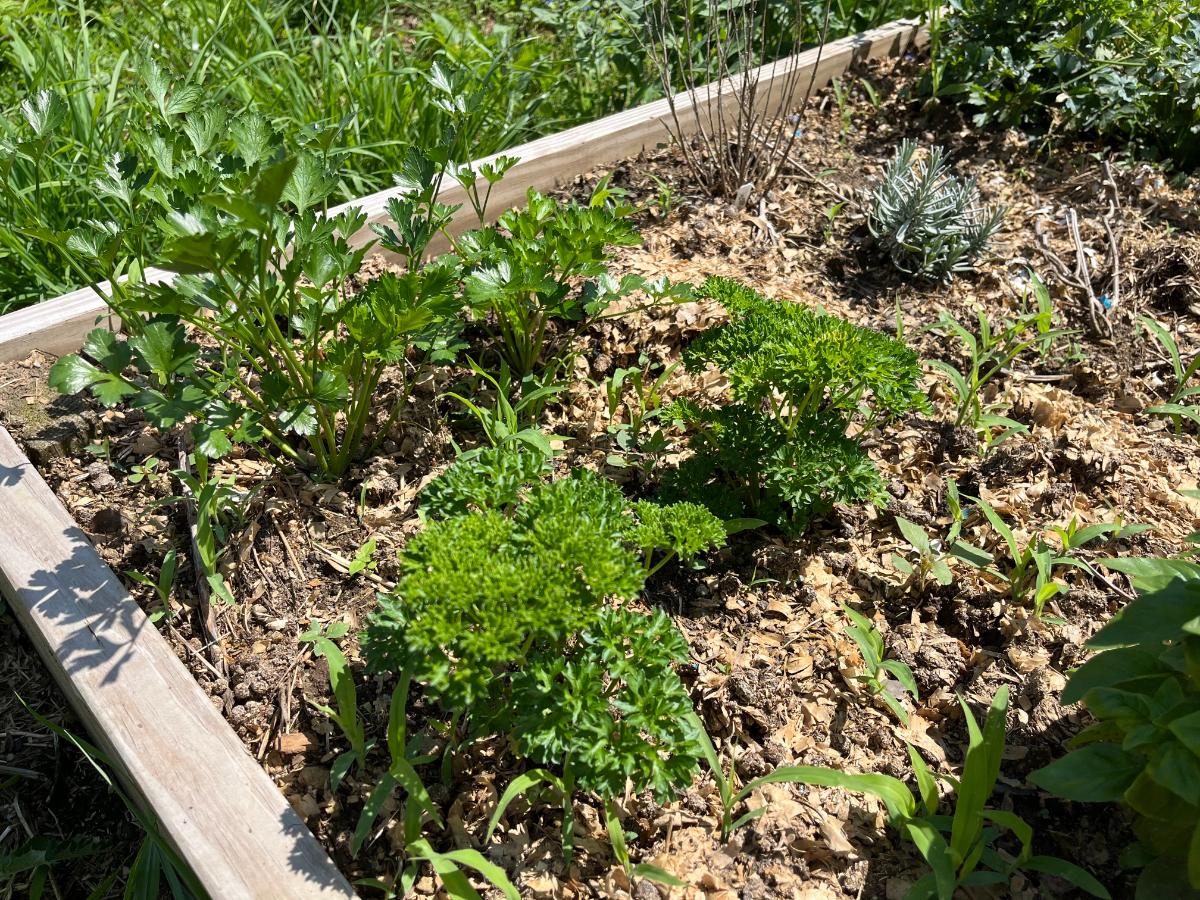
So why would you want to plant a buffet of pest favorites in your home garden?
The answer is that there are a number of benefits and advantages to using trap plants. They’ve been used in commercial agriculture with great results for years, as part of what is called Integrated Pest Management.
There is a lot of research and refinement behind the use of trap crop plants.
The bottom line for home gardeners is that trap crops are a cheap and effective way to control insect pests and protect your garden plants while also protecting fruit and vegetable yields. (It works to protect flowers and ornamentals, too!).
Jump to:
- How Trap Crops Work – It's Basic and Simple, Really!
- Trap cropping isn’t companion planting
- Advantages of Trap Cropping
- Why Would You Want to Attract Pest Insects to Your Garden?
- Killing the Plant Pests is Important
- Insecticide options for killing pests on trap plants
- Building up the beneficials and restoring natural balance and order for insect control
- Trap cropping even helps reduce exposure if you do use non-organic pesticides
- Use organic pesticides with care, too
- Video: Plant Trap Crops to Control Garden Insect Pests – Better for You, Better for Your Garden!
- The Key to Successful Trap Cropping
- The same or different plants can be used as trap crops
- Tips for Success with Trap Crops + How and Where to Plant Trap Plants
- Options for where to place trap plants
- More tips for trap cross success
- The Types of Pests that Trap Crops Work Best For
- What Makes the Most Cost-Effective Trap Crops?
- Some Examples of Trap Crop Pairs for Different Plants
- Try Trap Cropping for Plant Protection and Better, Higher Quality Yields
How Trap Crops Work – It's Basic and Simple, Really!

The idea with trap cropping or trap plants is that you plant plants that you plan to have the insects infest.
You plant plants that are known favorites for the insects that you are targeting and hope that most of the pests go to eat those plants instead of the plants that you are trying to protect and harvest from.
When the trap crops become infested, then you take action and do something to rid the trap crops of those insects.
The idea is that with the population concentrated on those preferred trap plants, there will be little, if any, infestation of the more important food or ornamental crops and thus little or no damage to your more valued plants and your production fruits and vegetables.
The other part of this is that you only have to treat the trap plants to kill the insects. That means less widespread use of interventions and less work because you have less ground to cover.
You also have the option (and it’s a good one) of getting rid of the trap plant(s) completely as part of your insect control method.
Trap cropping isn’t companion planting
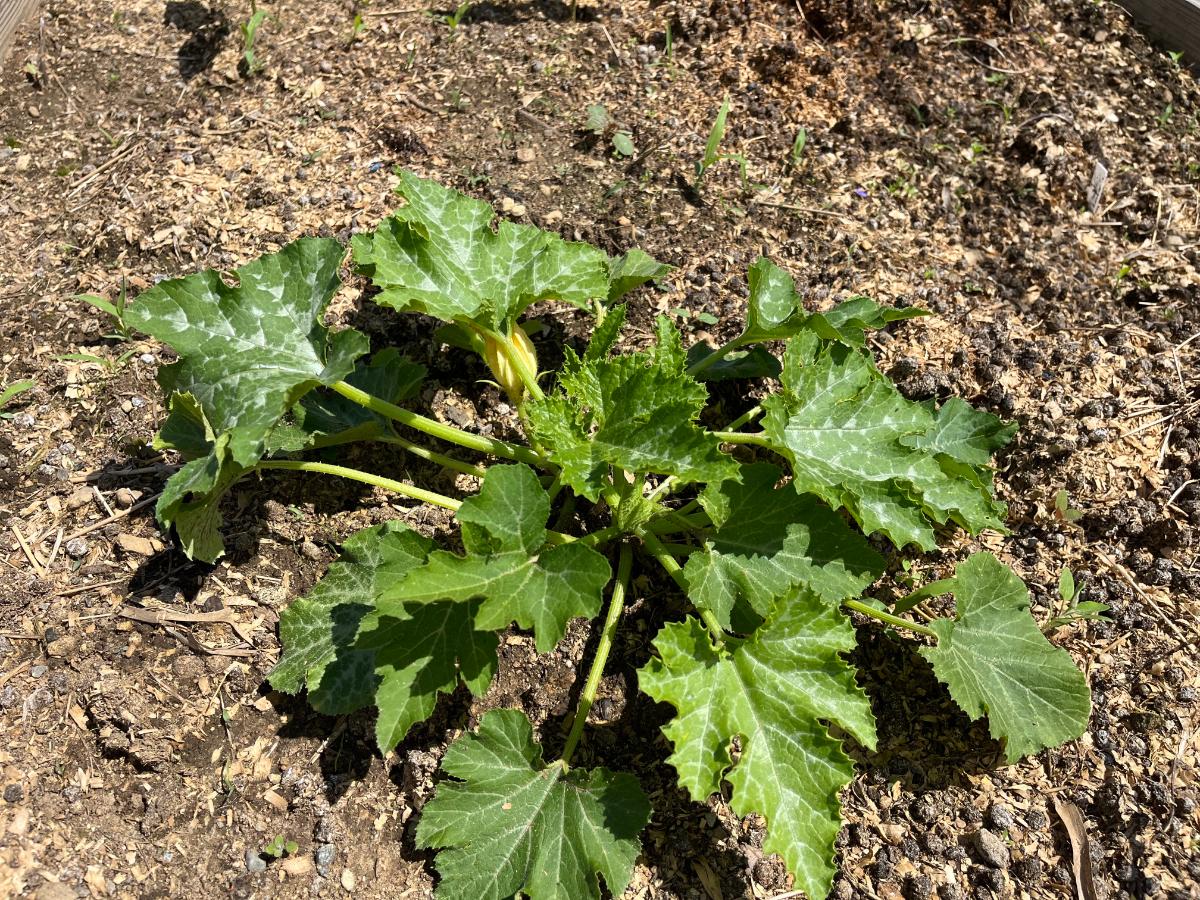
Trap crop planting isn’t really companion planting, at least not in the sense that we are used to.
Usually, when we talk about companion planting, we are talking about planting plants that get along well with our target and value plants or planting in combinations that repel insects on certain plants.
In companion planting, both plants might even be something you intend to harvest and use, but the pests that bother one plant might be repelled by another. For example, it is often recommended to plant basil with tomato plants because basil repels thrips, and the scent of basil can confuse the moths that lay the eggs for tomato hornworms.
Companion planting and trap cropping are related in that they are both designed to support valued plants. But in the case of trap crop planting, it’s more like plant sacrifice.
You’re letting one plant be intentionally infested in deference to another.
Advantages of Trap Cropping
Planting trap plants has a number of direct and indirect benefits in the home garden:
- A simple and easy method of garden pest control
- Reduces or eliminates insecticide use
- Reduces the likelihood that pests will become immune to insecticides since they are used much less or not at all
- A good organic gardening method (depending on if you kill the insects and what you use to kill them)
- Lower chemical exposure for the gardener (you!)
- Lower chemical residue on fruits and vegetables
- Better plant and fruit vegetable quality
- Lower gardening costs relating to lower costs of intervention
- Saves time and work by limiting the area that needs to be treated for insect pests (a small stand of plants instead of your whole bed or garden)
- If you do use insecticides, whether organic or not, the risk to you and your family eating the food is reduced because you should be able to mostly or only spray on sacrificial trap crops and keep the chemicals off the food you’re eating.
Why Would You Want to Attract Pest Insects to Your Garden?
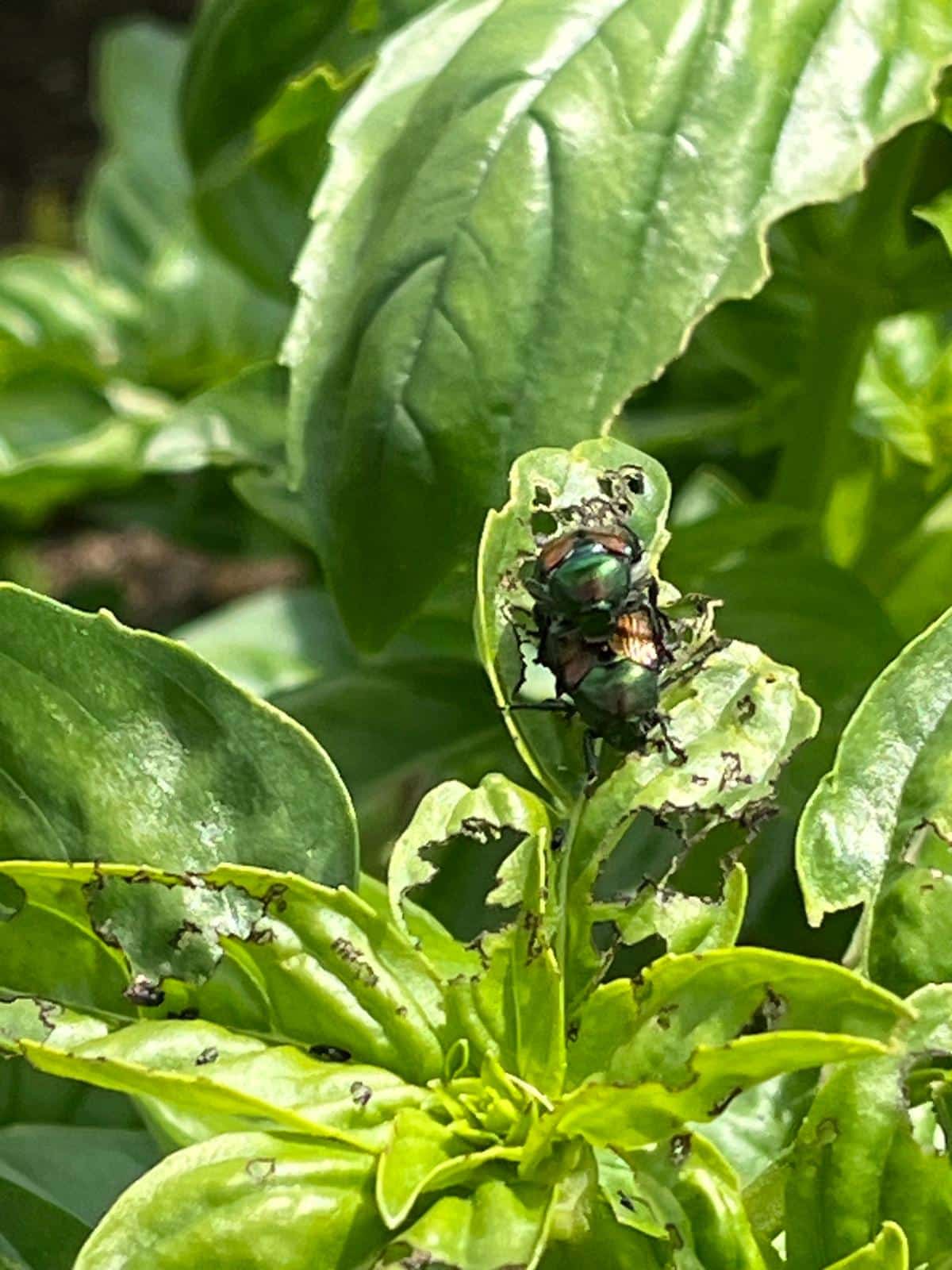
You wouldn’t necessarily want to attract pests to your garden. The idea is that the pests are already there – or will be when they migrate or emerge.
Trap cropping isn’t about inviting damaging insects in; it’s about directing them to where you want them to go. Then, you can deal with them accordingly.
When we employ trap cropping methods in the home garden, we’ve accepted (usually from hard-earned experience!) that there will be pests, and we need to do something about them to reap the rewards of our work and our gardening efforts!
There is a chance that you might draw in some pests, but if you employ a good control method, you will also be destroying the pests and breaking their lifecycle for the future, diminishing the population.
For this reason, it is smart to plant trap crops just for the known problems that you have had in the past. Those are the pests that you can plan on having to deal with anyway. Now, you just have one more way to do it without subjecting yourself to a high chemical or pesticide load.
Killing the Plant Pests is Important
This step is important for trap cropping. You do need to do something to kill the insect pests that are attracted by the trap crops. If you don’t, you’re just supporting the population and giving it food to reproduce the next generation of infestation.
That can actually grow the insect population over time. Eventually, trap cropping may not be very effective anymore if you’re not also killing the insects to reduce the pest population.
When the population becomes larger than what the trap crop can support and feed, those pests will begin moving through your garden and on to the plants that you were trying to protect.
Your job as a trap cropper is to disrupt the lifecycle of the pests. Do not let larva mature into adults that will lay more eggs and do more damage. The more you do this, the lower and lower the population and your insect pressure will be.
The benefits will be cumulative over time, but because bugs can travel, there will always be some insects to deal with.
Insecticide options for killing pests on trap plants
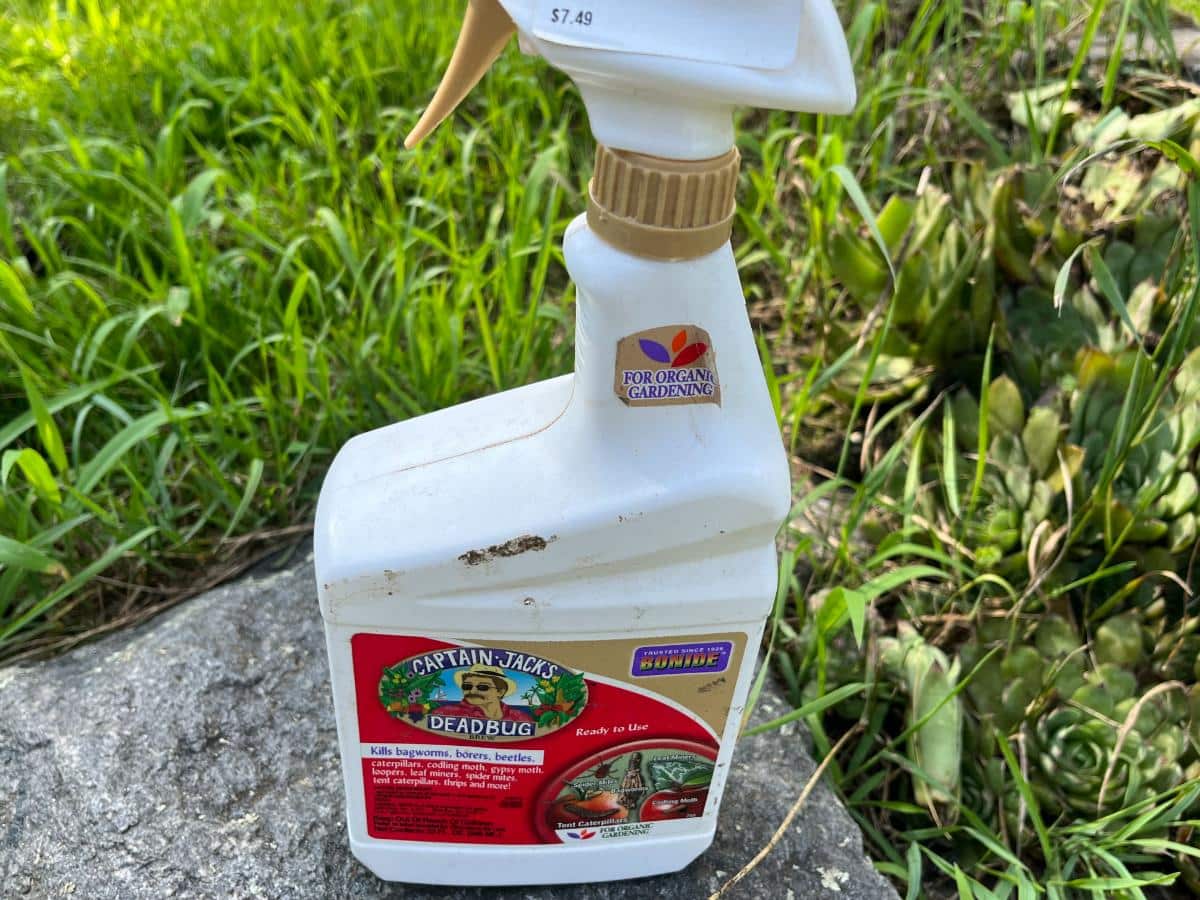
Killing insects does not mean that you have to turn to harsh chemical or non-organic pesticides, though. In fact, the best-case scenario would be to combine trap planting with an effective but minimally harmful method of killing the insects.
Some options for killing the insects on trap crops include:
- Pulling up the entire plant and bagging, disposing, or burning the plant
- Pulling up the plant and dunking it in a bucket of soapy water to kill the pests

- Vacuuming insects and then killing them in soapy water without harming beneficial insects and bees
- Hand-picking beetles and squash bugs and knocking them into a jar or small bucket of soapy water
- Spraying off aphids with a strong jet of water from a garden hose (this will dislodge them and kill many, but possibly not all of the aphids)
- Treating the plant with an organic insecticide; some options are organic bug powders, garden dust, and sprays
- Neem oil is a good broad-spectrum, natural, organic insecticide that also has disease-treating properties, especially against fungal and wilt diseases
- Spraying trap plants with insecticidal soap (not always considered organic, but there are good DIY recipes that are cheap and effective and can be made at home; also, much less harmful than chemical pesticides)
- Diatomaceous Earth (most effective for hard-bodied beetles and insects with exoskeletons)
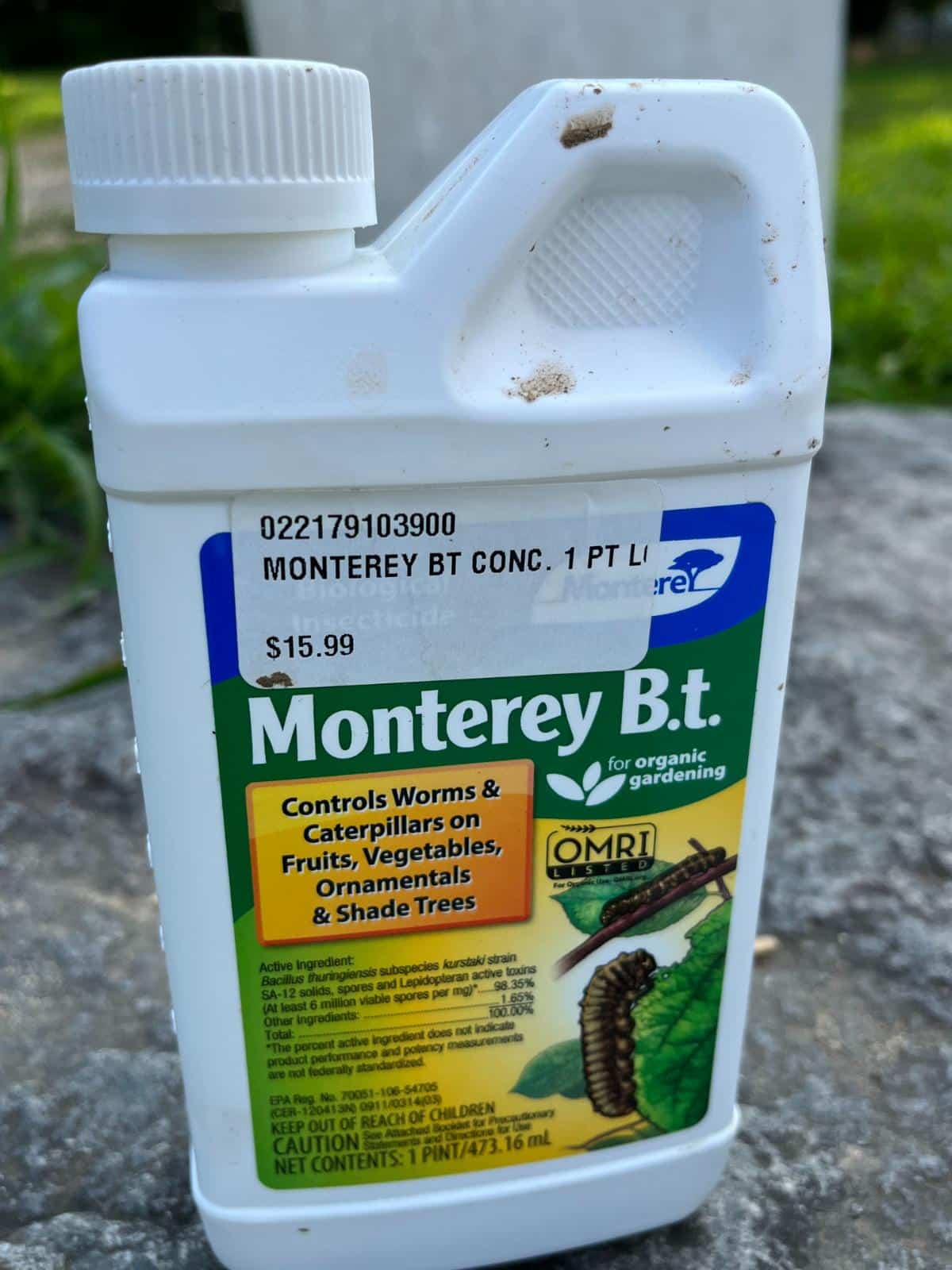
- Bacillus Thuringiensis (Bt) powder or spray (target the product to the type of insect or pest that it is intended to kill – usually used for caterpillars and worm-type insects)
- Inviting carnivorous birds and beneficial insects into your garden to eat the “trapped” pests and lower population pressure
Building up the beneficials and restoring natural balance and order for insect control
With less pesticide use and more targeted use of what you do use, the populations of predatory insects and beneficial wildlife and insects will increase, too.
In turn, this further helps to restore natural balance to insect populations and improves the health of your garden, while reducing the amount of insect pressure.
Over a few years, you may find that the insect pressure (the amount of insects and the effects of their real damage) becomes so low that you won’t need to use much, if any, insecticide.
Trap cropping even helps reduce exposure if you do use non-organic pesticides
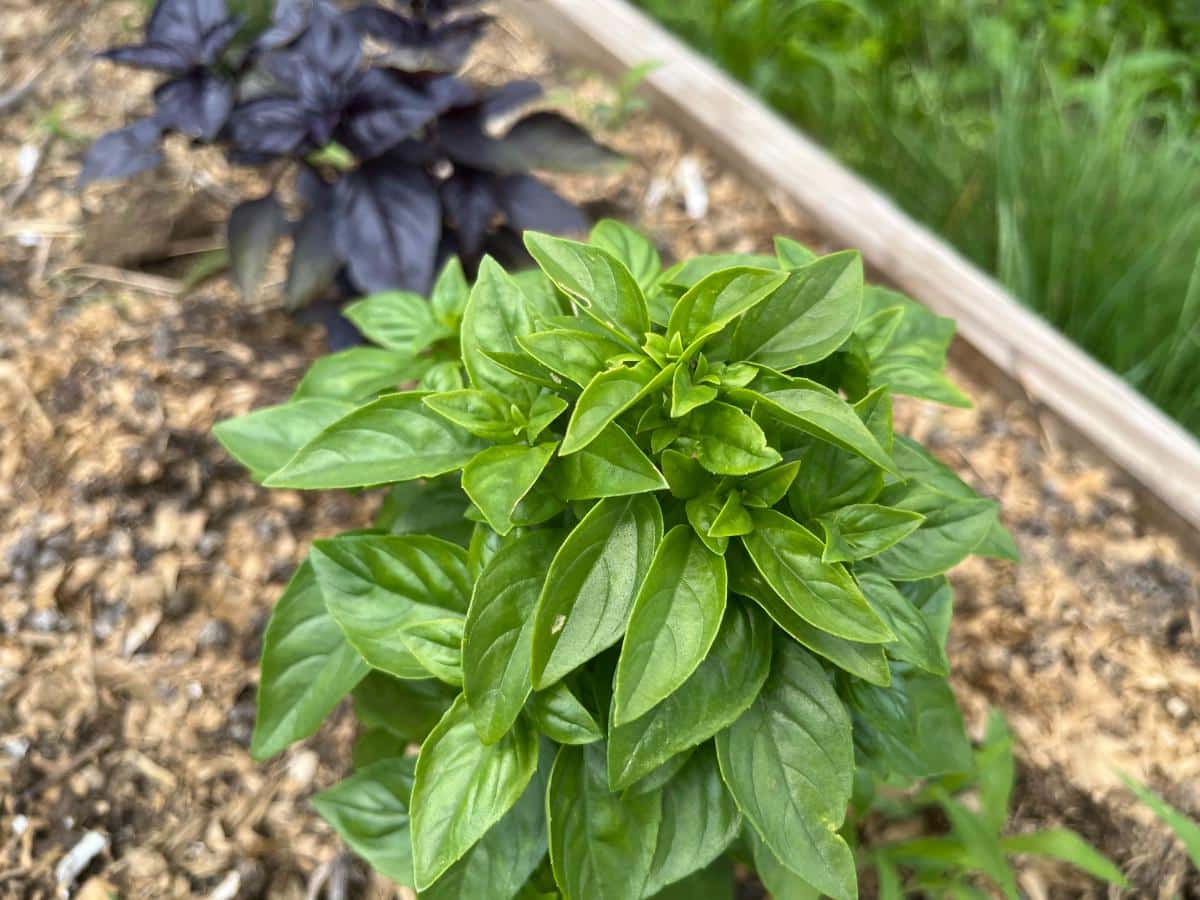
Non-organic chemical pesticides are an option, too, and there are many harsher pesticides that you could employ.
If you do decide to go this route, the benefit of trap cropping is that you will not need to spray these harsh pesticides over as large an area, and you can keep them out of contact with the food crops that you will be consuming, but you will still control insect pests.
However, the risk to pollinators and beneficial insects from harsh chemicals will still be there.
Use organic pesticides with care, too
That said, it is important to note that some organic and DIY solutions can kill beneficial insects and pollinators, too. For this reason, it is usually best to apply organic pesticides very early in the day when pollinators are less active. Do not apply to flowers or blossoms if you can help it.
You should read the labels on your organic products to learn how you can apply them with the minimum risk to beneficial insects.
This is also a reason to employ the more targeted treatments when you can, even the organic options, so you target the pests without doing collateral damage if you can help it.
Video: Plant Trap Crops to Control Garden Insect Pests – Better for You, Better for Your Garden!
The Key to Successful Trap Cropping
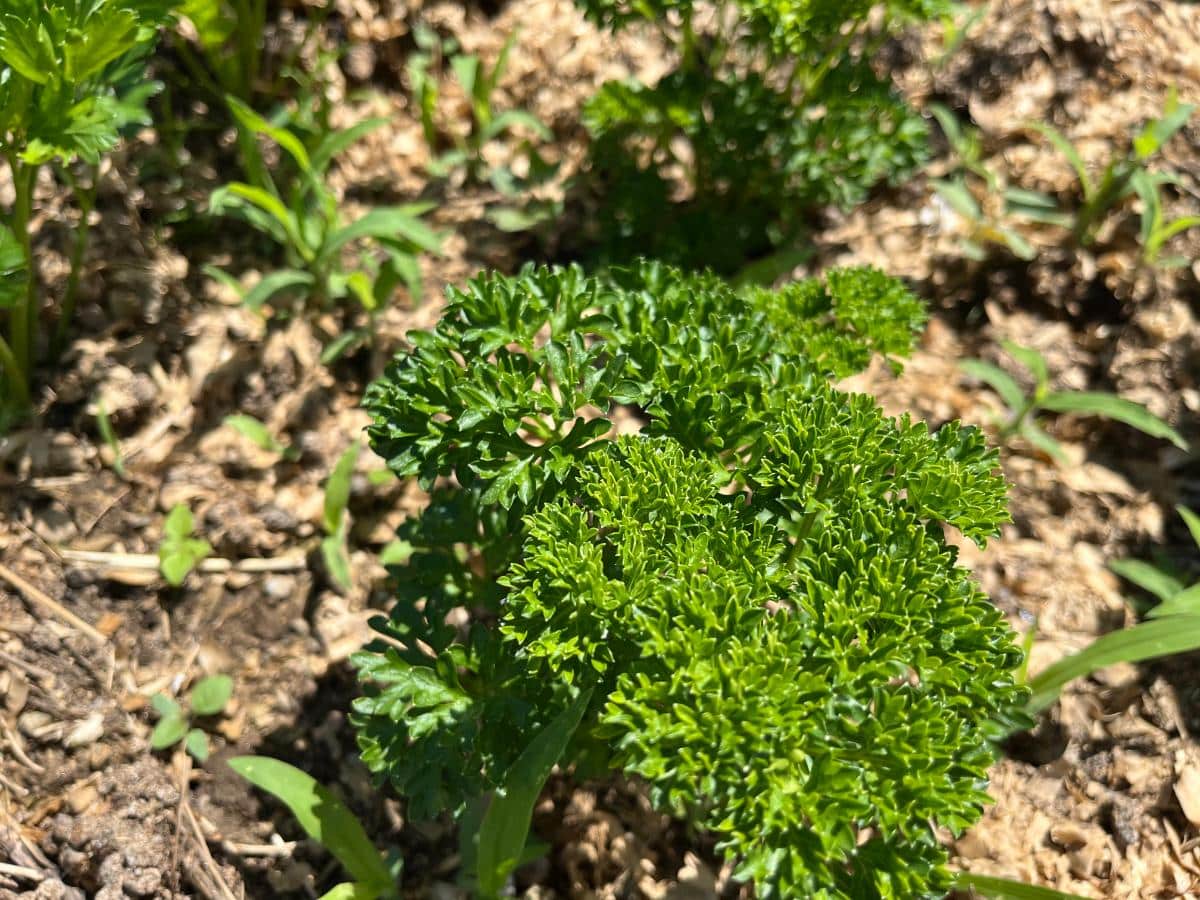
Basically, the key is to plant the insects’ favorites. At least, to plant something that they like significantly more than the crop or plants you are trying to protect.
Whatever you use for a trap crop plant, it has to be something that the insects would go to first.
The same or different plants can be used as trap crops
The plants that you choose to use as trap crops may be the same type and variety of plants, or they may be different. These may include:
- A different type of plant that is more attractive to the target pest – for example, a nasturtium to protect peppers
- The same plant at a different growth stage – for example, transplants of older lettuce plants planted with lettuce seeds
- The same type of plant but a different variety – for example, Blue Hubbard squash to protect butternut squash
- Planting the same plant in a different area (one where the insects are likely to find it first) to sacrifice those plants on behalf of the harvest plants
- Planting an early sacrificial crop of the same type, attracting and killing the pests, and then planting a succession crop for harvesting later than the first
You can also employ these different trap plant methods in different combinations.
Tips for Success with Trap Crops + How and Where to Plant Trap Plants
Options for where to place trap plants
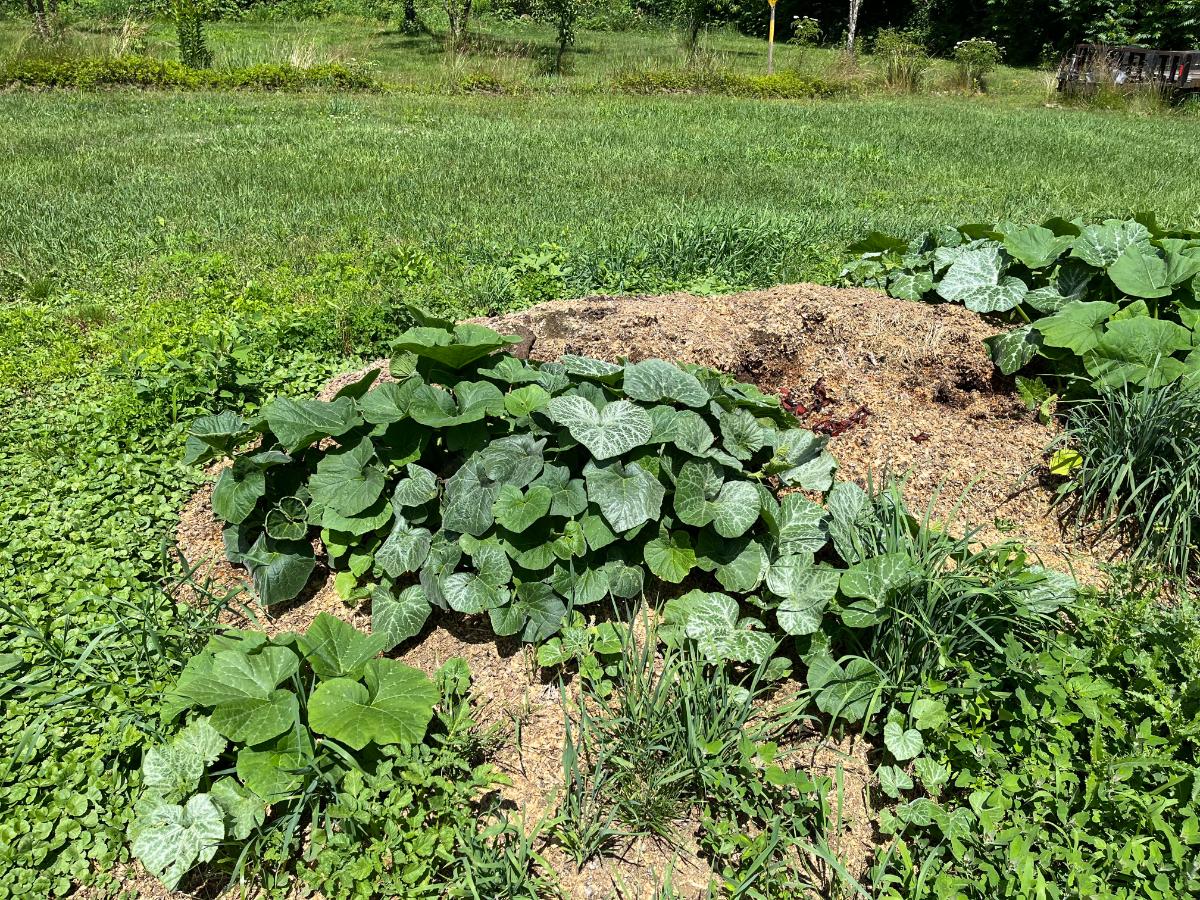
There are different places and different ways to plant your trap crop plants. Here are some options:
- Plant trap crops as a border or at least nearby to the protected crop
- Complete borders around protected plants work well to catch insect pests from all directions, though that may be a bit much for a home garden (commercial farmers do this, but they have a lot more they need to protect – but it has been proven successful!) This is called perimeter trap cropping.
- Alternatively, plant trap crops at the corner of the garden or at the bed, or
- Plant trap crops at the ends of the rows
- Try to keep the trap crops to the sides and outer areas so the pests don’t infiltrate the centers and main portions of patches and gardens
- If you’re not planting a complete border, try to estimate the direction or location the pests will emerge from and put the trap plants in their way before the plants that you’re targeting for protection
- You can also plant trap crops in pots or containers
- Container trap crops can be moved as needed in or around the garden or can be used outside of cold frames, greenhouses, and high tunnels
- Container trap plants can be disposed of completely by dumping the whole infested plant into a sealed garbage bag or burning it in a fire pit (as long as what’s on it doesn’t fly away first – try ripping out the plant and placing it in a closed cardboard box before you burn)
- You can use cardboard boxes as containers for trap plants, so the entire thing is disposable, burnable, or compostable
More tips for trap cross success
- Research good trap crop companion plants – this is different than companions that you’d plant to deter insects
- Plant or install trap crops at the time of planting or before, though if you have transplants, you can plant them after the target crop is planted and hope the transplants will pull the bugs away to them
- A best-case scenario would be to plant a larger trap crop transplant two weeks before you plant other transplants or plant a transplant when you plant the protected plant from seed
- Ideally, the trap crop should be in place before the expected insect emergence or migration – the idea is that the pests will be attracted to or come across your trap crops first
- Consider using a larger, more mature plant of the same type to protect a young crop (sacrificing one or a few to protect the many)
The Types of Pests that Trap Crops Work Best For
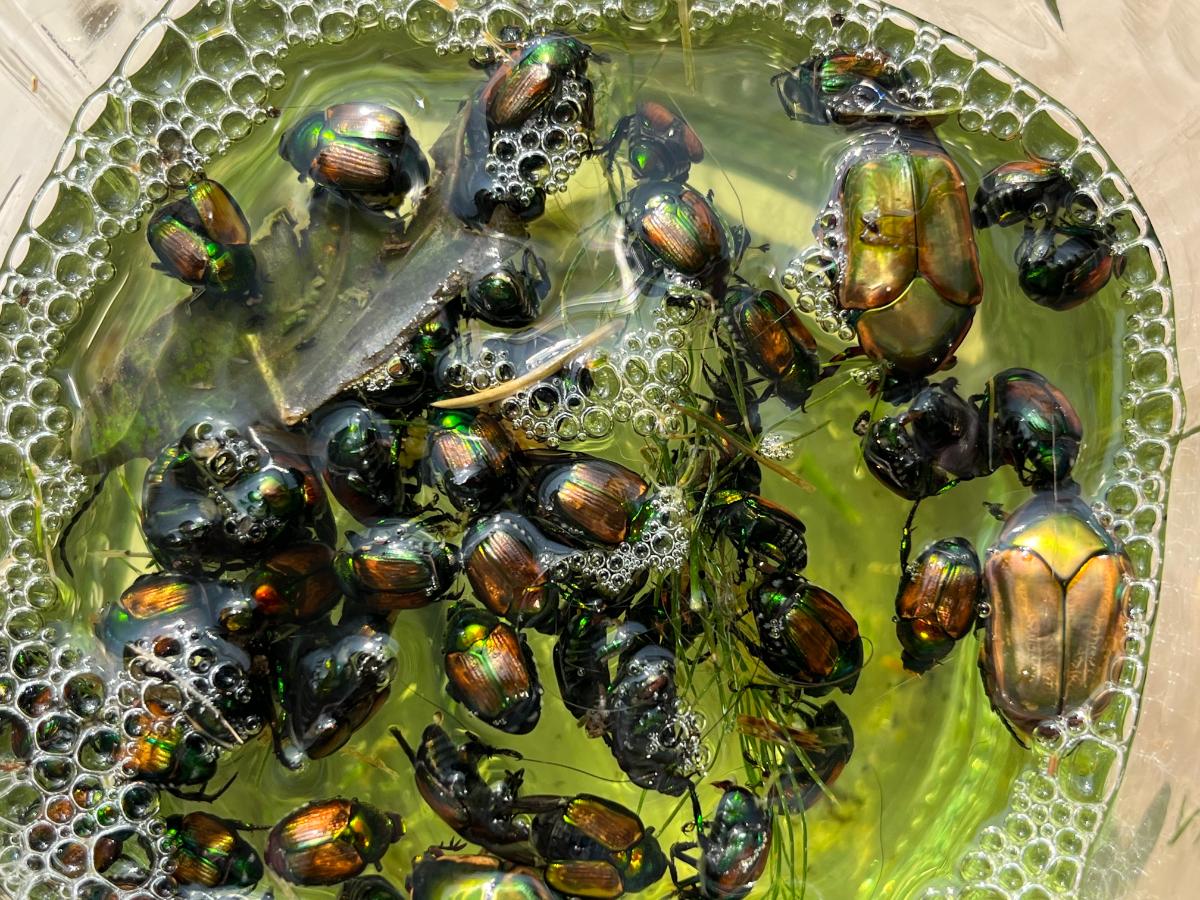
- Insects and pests that are prolific in most years
- Destructive insects that are reliable year after year in their destruction
- Insects in the middle range of mobility
- Not as effective on insects that come down from high in the air or from higher elevations, do damage, and then move on
- Not as effective on pests that are spread more passively by the wind and air
What Makes the Most Cost-Effective Trap Crops?
- Inexpensive plants
- Plants that can easily be grown from seed
- Plants that you can grow a lot of inexpensively
- Easy to plant
- Easy to maintain
- Have a second beneficial use – like attracting beneficial or predatory insects or can be picked or harvested if they survive the pests well enough
- Take up little production space
Some Examples of Trap Crop Pairs for Different Plants
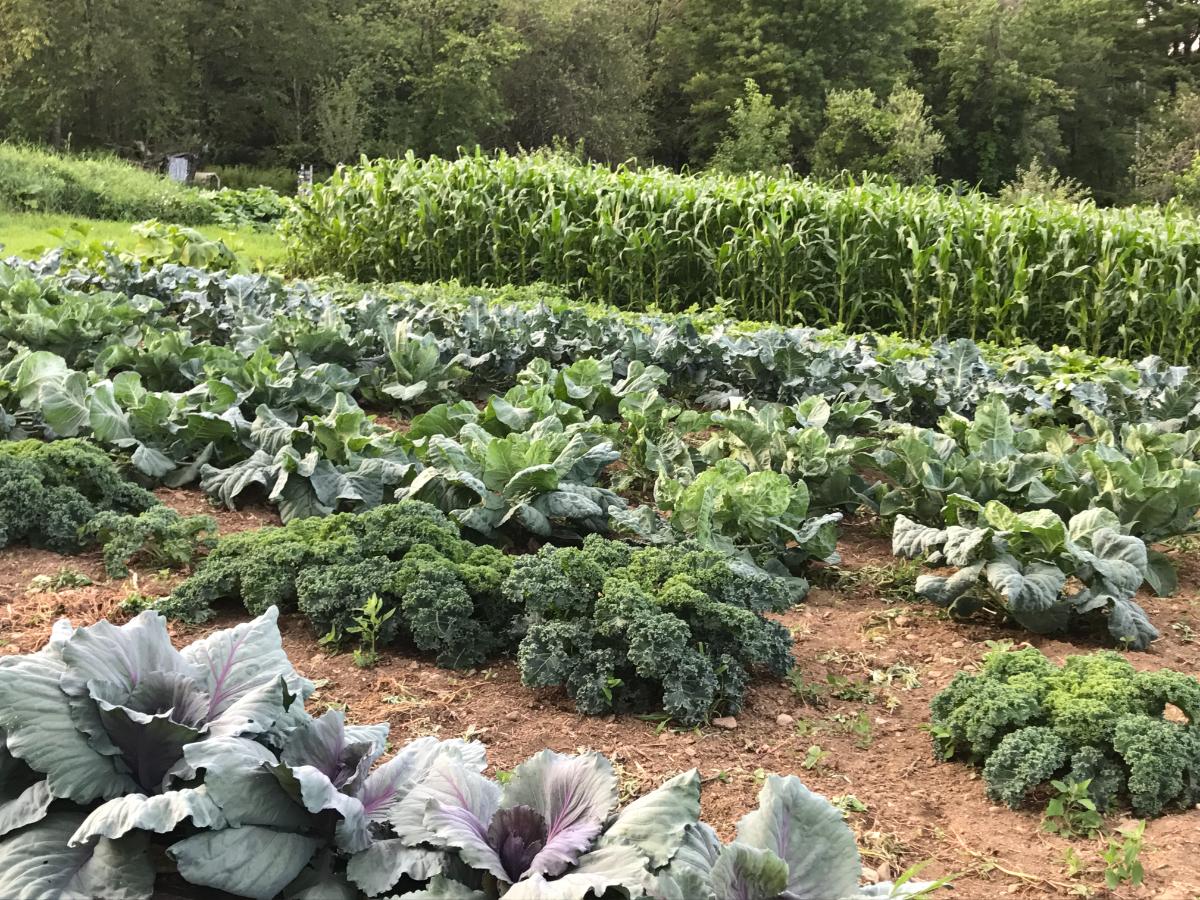
- Plant Blue Hubbard squash near summer squash and other squash plants (they’re preferred by squash bugs over other types of squash)
- Blue Hubbard for cucumbers
- Plant hot peppers around sweet peppers (hot cherry peppers surrounding bell peppers, for example)
- Plant collards with cabbage
- Millet for squash bugs
- Mustard for tarnish bugs
- Nasturtiums – attract flea beetles and aphids (a pretty powerhouse trap crop in the garden!)
- Radishes for flea beetles
- Chervil or fresh parsley to attract snails and slugs
- Zinnias attract Japanese beetles (and also many beneficial insects, so a non-chemical method of killing the beetles may be preferred, like vacuuming or hand-picking early in the day)
- Scented geraniums for Japanese beetles
- Four O’Clocks for Japanese beetles (both of these are good rose bush protection!)
- Okra for aphids
- Dill plants for hornworms
Blue Hubbard squash is a favorite plant of many destructive garden pests, and so it can be used to cover pests for several different types of plants.
Blue Hubbard is highly attractive to striped cucumber beetles, spotted cucumber beetles, squash vine borers, and squash bugs, so it can be a trap crop for many types of cucurbits, pumpkins, squash, and plants that these pests attack.
Try Trap Cropping for Plant Protection and Better, Higher Quality Yields
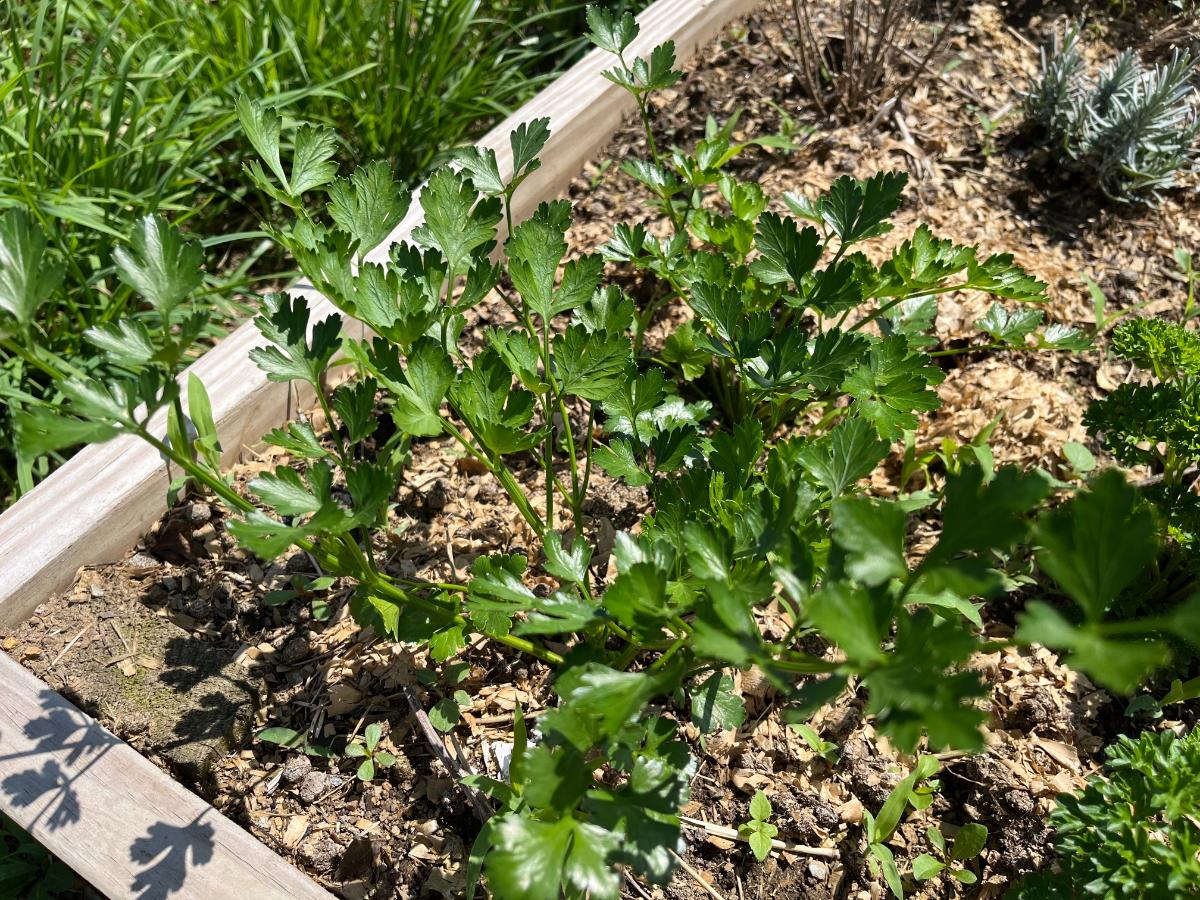
Trap cropping is a proven and well-researched method of pest control in the home garden. This is another simple, non-invasive method of pest control that you can use while also controlling the risk and contamination of the food you are growing for you and your family.
It’s an interesting and logical solution to big bug problems that can result in a significant reduction of chemical residues, protection against insect immunity to the tools we do have, protection for pollinators, and protection for wildlife and insect-eating birds.
And you’ll get bigger, better, higher quality yields of fruits and vegetables with low losses and fewer quality issues!
Put it to work for you in your garden and protect your time and investment!

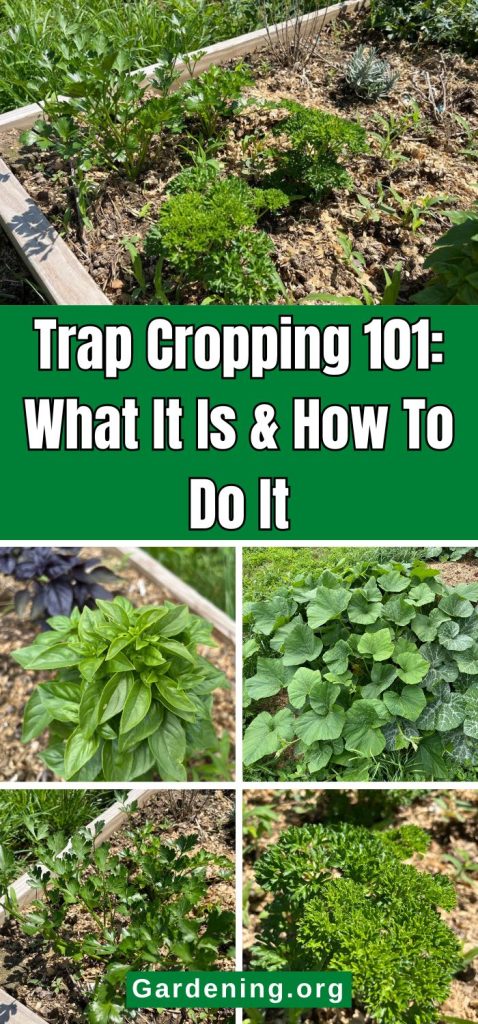
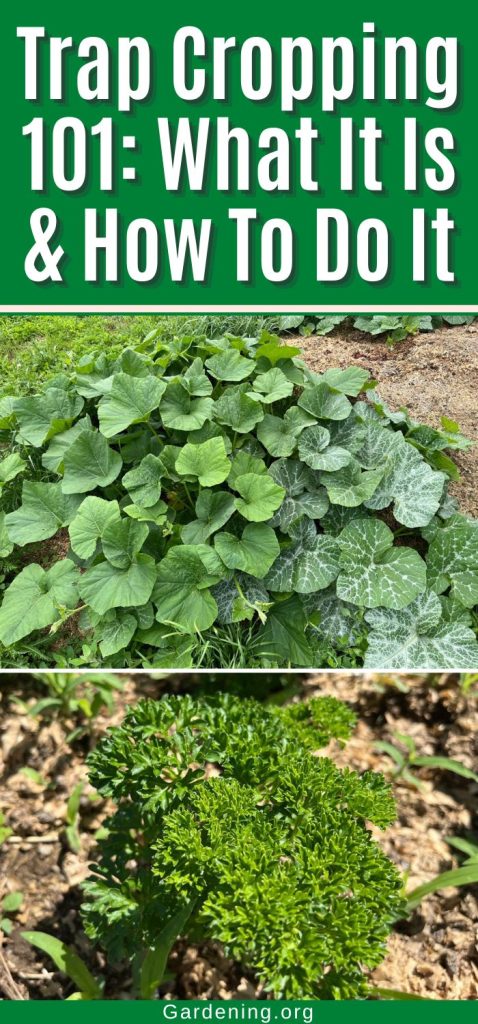
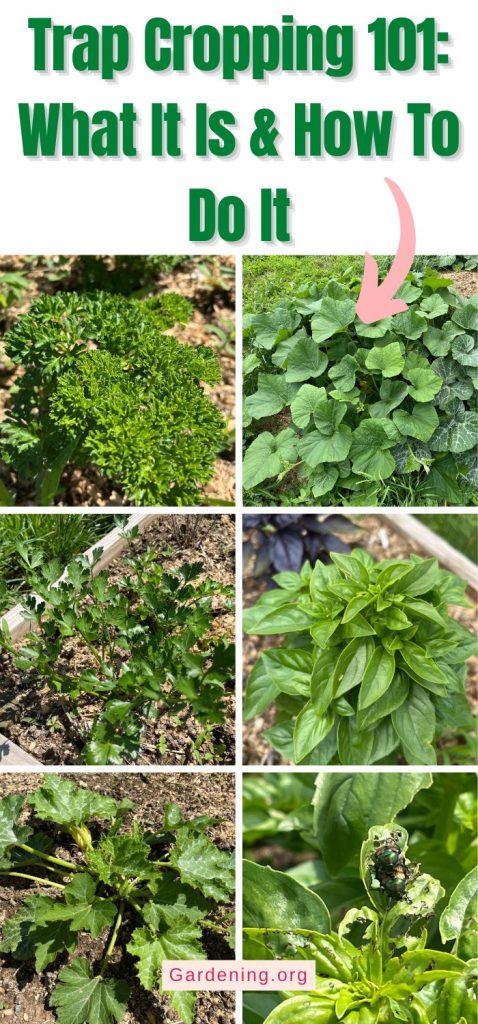
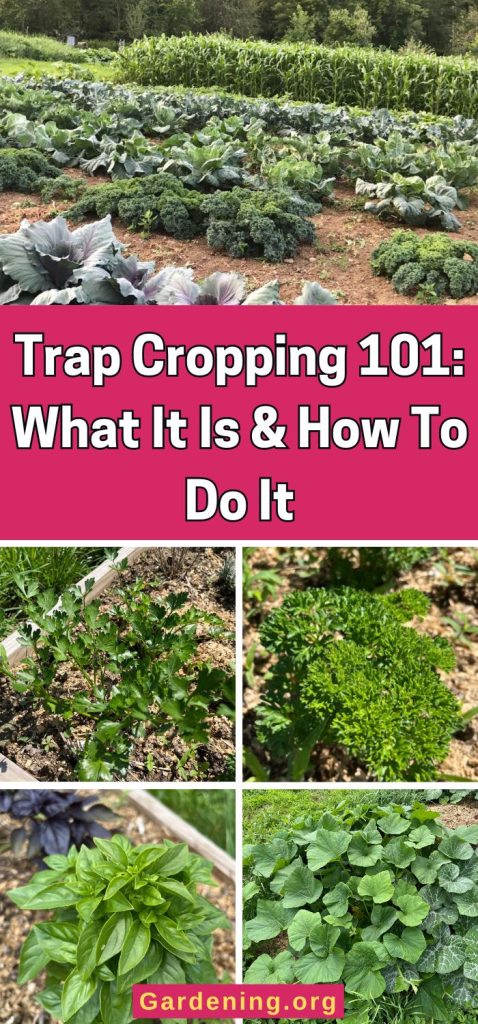
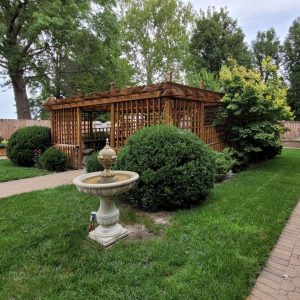
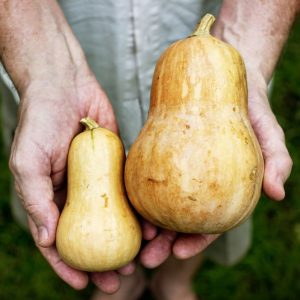
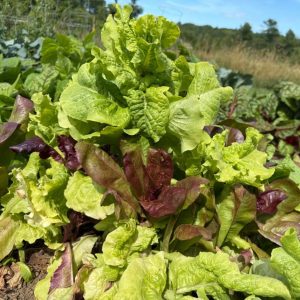
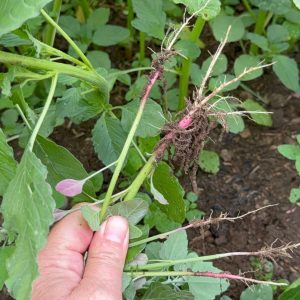
Mary
I cannot find BT anywhere. Could you please send me a link where I can purchase it for a low price?
Mary Ward
You can almost always get it from Amazon.
I prefer the concentrate because it lasts a long time and covers a lot of plants. Here's a link for that:
https://amzn.to/4fuhHCT
You can also get it pre-mixed in a spray bottle if you only have a small agdren or a few beds or containers:
https://amzn.to/3WPAFfK
Hope this helps!